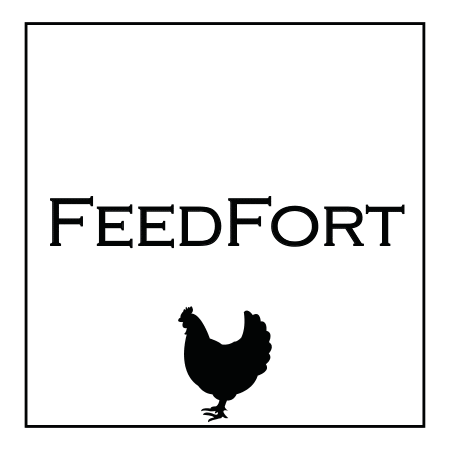chicken care automation – Resources
Chicken Care Automation
Benefits of Chicken Care Automation
At FeedFort, we’ve embraced the power of automation in chicken care, recognizing its myriad benefits. From improving feed efficiency to ensuring the health and well-being of the flock, automated systems significantly enhance poultry management. The heart of our innovation lies in our automatic chicken feeder, designed to keep feed secure and accessible to chickens while deterring pests.
Implementing Automated Systems for Chicken Care
Integrating automation into chicken care routines can seem daunting at first. However, our experience has shown that with the right tools and approach, the transition can be smooth and incredibly rewarding. Starting with a reliable component like an automated feeder is a practical step towards a fully automated care system.
Types of Automation Technology for Chicken Care
Automation technology encompasses more than just feeding systems. Lighting, climate control, and even egg collection can be automated to create an optimal environment for poultry. At FeedFort, we focus on automated feeding, utilizing photocell technology to adapt feeding times to natural light cycles, thus promoting healthier living conditions for chickens.
Efficiency in Chicken Care Through Automation
Efficiency is a core advantage of automation. By automating the feeding process, not only is feed protected from pests, but the exact amount of feed is distributed, reducing waste and saving on costs. This level of precision supports sustainable farming practices and improves overall flock management.
Cost Considerations for Chicken Care Automation
Investing in automation technology may require upfront costs, but the long-term savings are substantial. Reduced feed waste, lower labor costs, and decreased loss from pests or disease contribute to a more cost-effective operation. Our FeedFort feeder is a testament to how an initial investment can lead to significant savings over time.
Monitoring Chicken Health with Automated Systems
Automated systems don’t just manage feed; they provide valuable data that can be used to monitor flock health. By observing consumption patterns and adjusting feed accordingly, poultry owners can quickly identify and address potential health issues, ensuring a healthier flock.
Ensuring Safety with Automated Chicken Care
Safety is paramount in poultry care. Automated systems reduce the need for direct contact, minimizing the risk of disease transmission. Additionally, our FeedFort feeder is built from durable 5052 Aluminum, ensuring that feed is protected from not just pests, but also from the elements.
Integration of Technology in Chicken Care Industry
The chicken care industry is increasingly recognizing the value of automation. By integrating technology such as the FeedFort feeder into daily operations, poultry farmers can enhance productivity and sustainability. This adoption is a critical step towards modernizing poultry care and meeting the demands of a growing industry.
Challenges of Implementing Automation in Chicken Care
While the benefits are significant, implementing automation comes with challenges. Initial setup costs, learning new technologies, and adapting to new management practices can be hurdles. Yet, our experience and customer feedback affirm that the long-term advantages far outweigh these initial challenges.
Training and Maintenance for Automated Chicken Care Systems
Successful integration of automation technology requires proper training and maintenance. We at FeedFort provide comprehensive support to ensure our customers are equipped to maximize the benefits of our automated feeder. Regular maintenance checks and updates are also crucial for long-term efficiency and reliability.
In conclusion, the move towards chicken care automation represents a significant shift in poultry management practices, driven by the demand for efficiency, sustainability, and improved welfare standards. At FeedFort, we’re committed to leading this transition, offering innovative solutions like our automatic chicken feeder that secure feed, save on costs, and streamline daily operations. Embracing automation is not just about adopting new technologies; it’s about ensuring a healthier and more productive future for poultry farming.

